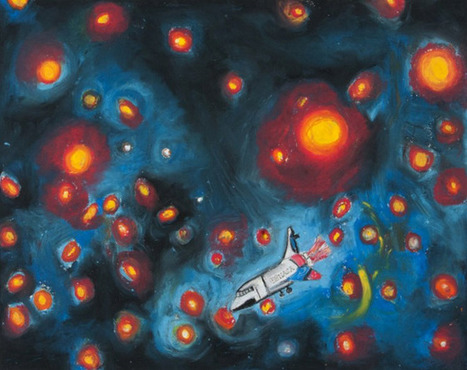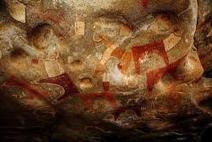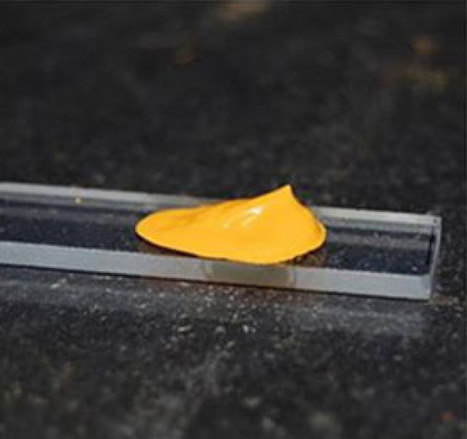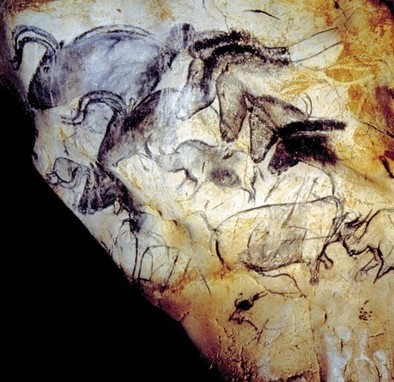President Leon Botstein of Bard College steps boldly into the fray to answer one of the most enduring human questions: What is art? This discussion spills over into debates about art's value to society ---- whether access to the arts is right as basic as education or health care, and whether it should be assessed and supported by government or left to the "invisible hand" of the free market. President Botstein explains why it is essential to ask these questions and offers a sturdy basis for evaluating them. He goes so far as to suggest that engaging with art can give our lives meaning and purpose.
Research and publish the best content.
Get Started for FREE
Sign up with Facebook Sign up with X
I don't have a Facebook or a X account
Already have an account: Login

 Your new post is loading... Your new post is loading...
 Your new post is loading... Your new post is loading...

oliviersc's comment,
February 8, 2012 11:09 AM
That's better when you guive the url without what we don't need ...
Cody Costello's curator insight,
March 7, 2013 12:46 PM
Paint was the most common and most depended on way of communicating history and the knowledge and information to the modern world |
|















